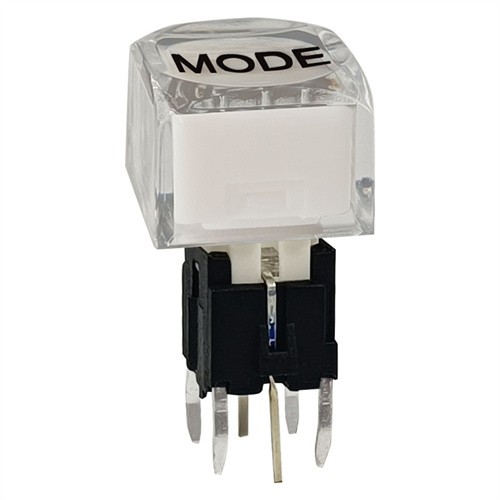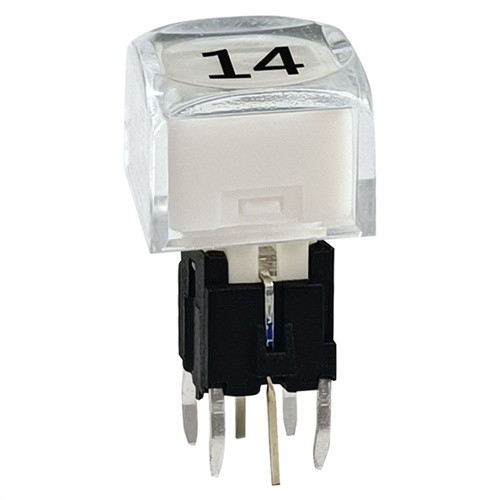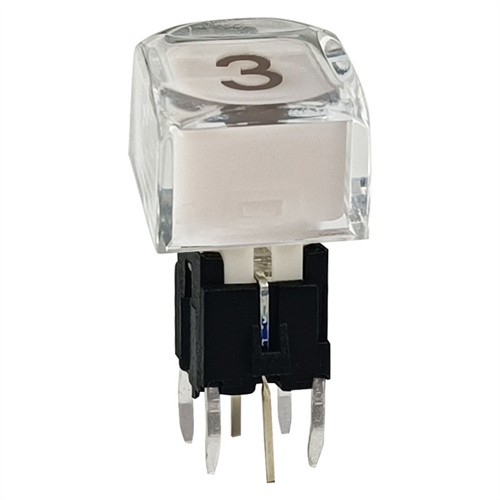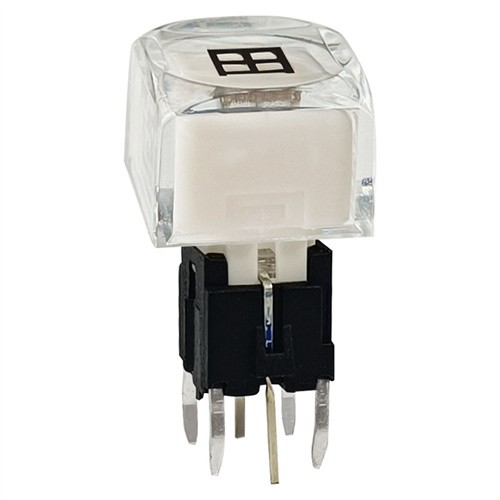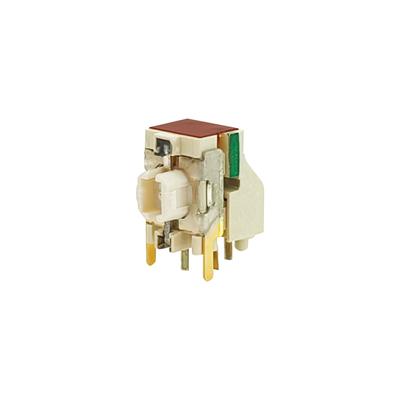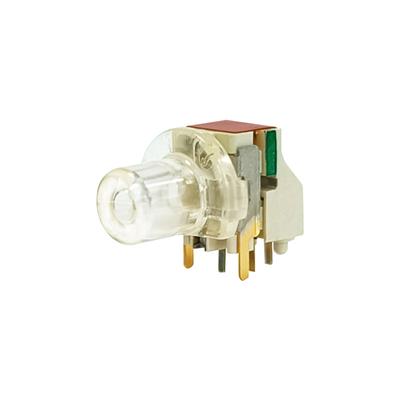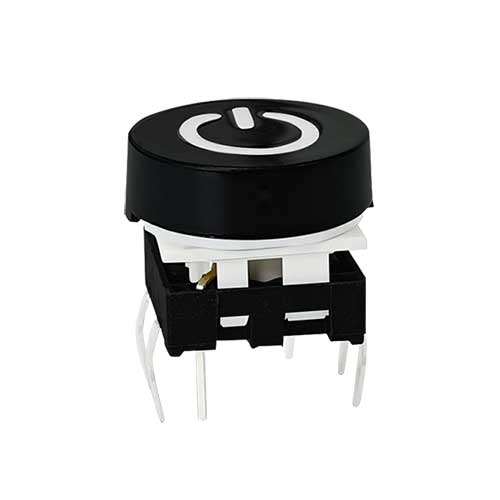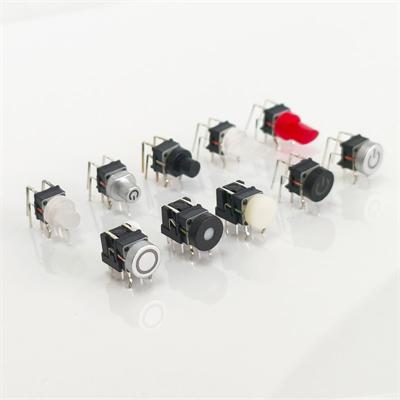Illuminated Panel Switch
The illuminated tact switch is typically mounted on a printed circuit board (PCB) using through-hole mounting
The illuminated tact switch is typically mounted on a printed circuit board (PCB) using through-hole mounting. This type of mounting involves passing the switch leads through holes in the PCB and soldering them to the other side of the board. This provides a secure and stable connection, ensuring that the switch will function properly and reliably.
One of the key features of this illuminated tact switch is its low profile design. The switch is only 5mm in height, making it ideal for use in applications where space is limited. Despite its compact size, the switch is designed to be comfortable and easy to use, with a responsive tactile feedback when activated.
The switch is also designed to be easy to install and configure. The PCB mounting design means that it can be easily integrated into a wide range of devices and systems. The LED indicator light can be configured to show different colors or patterns, depending on the specific application.
In summary, the illuminated tact switch with 11mm by 11mm clear cap is a versatile and reliable switch that is ideal for a wide range of applications. Its low profile design makes it perfect for use in devices and systems where space is limited, while its durable construction ensures that it will provide reliable performance for many years. The clear cap and LED indicator light make it easy to see the switch's status, allowing users to quickly and easily determine if a device or system is functioning properly.
An illuminated panel tact switch is a type of electrical switch that combines the functionality of a tact switch with an integrated illumination system. It is commonly used in various electronic devices and control panels where both tactile feedback and visual indication are required. Here is a detailed introduction:
Structure and Design
Housing: Usually made of high - quality plastic or metal, which provides protection for the internal components and ensures the switch's durability and stability. The housing is designed to fit into the panel or device in which it is installed, with a precise size and shape to match the overall design.
Button Cap: The part that users directly interact with. It is often made of translucent or transparent material to allow the light from the illumination system to pass through. The surface of the button cap can be smooth or have a textured finish to enhance the tactile feel and prevent slipping when pressed.
Illumination System: Consists of one or more light - emitting diodes (LEDs) placed beneath the button cap. The LEDs are connected to a power source and can emit light in different colors, such as red, green, blue, or white, depending on the specific requirements of the application. A light - diffusing mechanism is usually employed to ensure an even distribution of light across the button cap, creating a uniform and bright glow.
Tactile Switch Mechanism: Located inside the housing, it provides the tactile feedback when the button is pressed. It typically consists of a spring - loaded actuator and electrical contacts. When the button is pressed, the actuator depresses and makes contact with the electrical contacts, closing the circuit and triggering the corresponding electrical signal. The spring - loaded mechanism ensures that the button returns to its original position after being released, and the tactile "click" sensation gives users clear feedback that the switch has been activated.
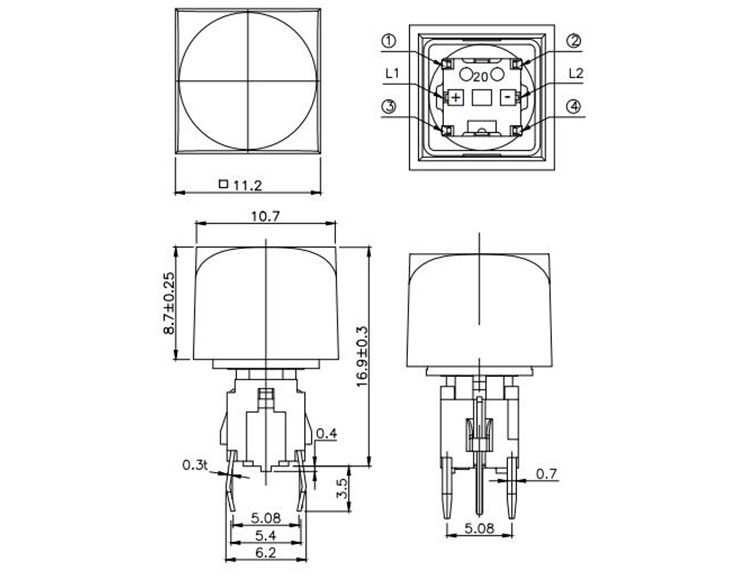
INQUIRY
CATEGORIES
LATEST NEWS
CONTACT US
Contact: Bella
Phone: 15999819066
E-mail: rucoe@rucoe.com
Whatsapp:+86-15999819066
Add: Taoyuan Street, Nanshan, Shenzhen
